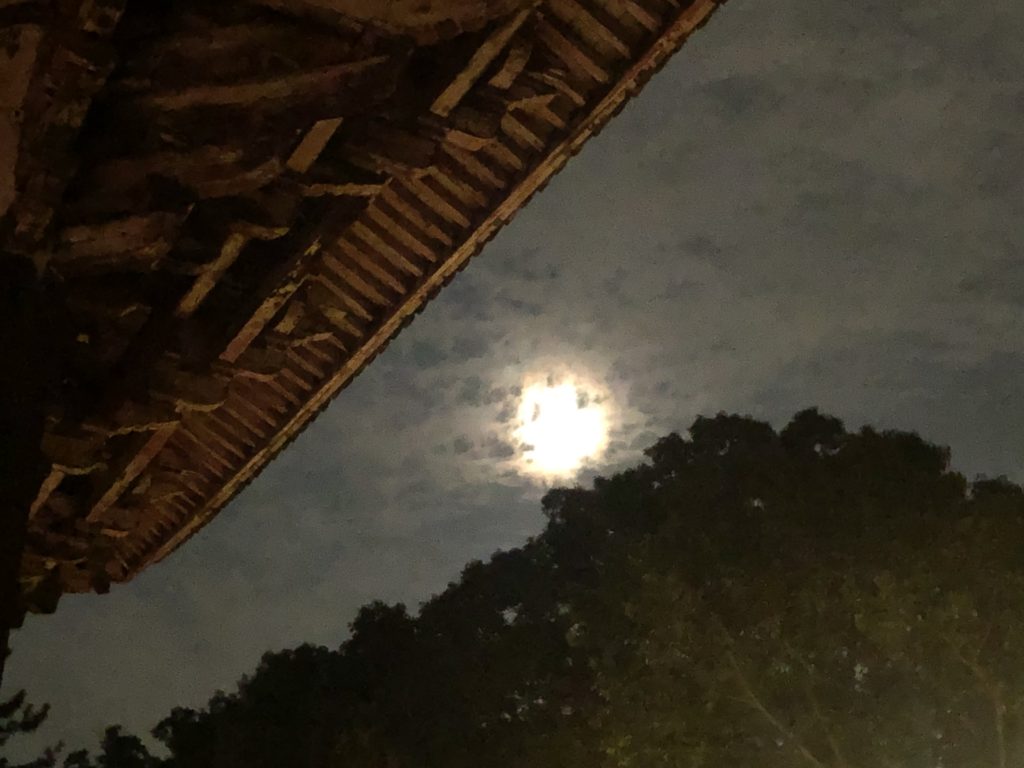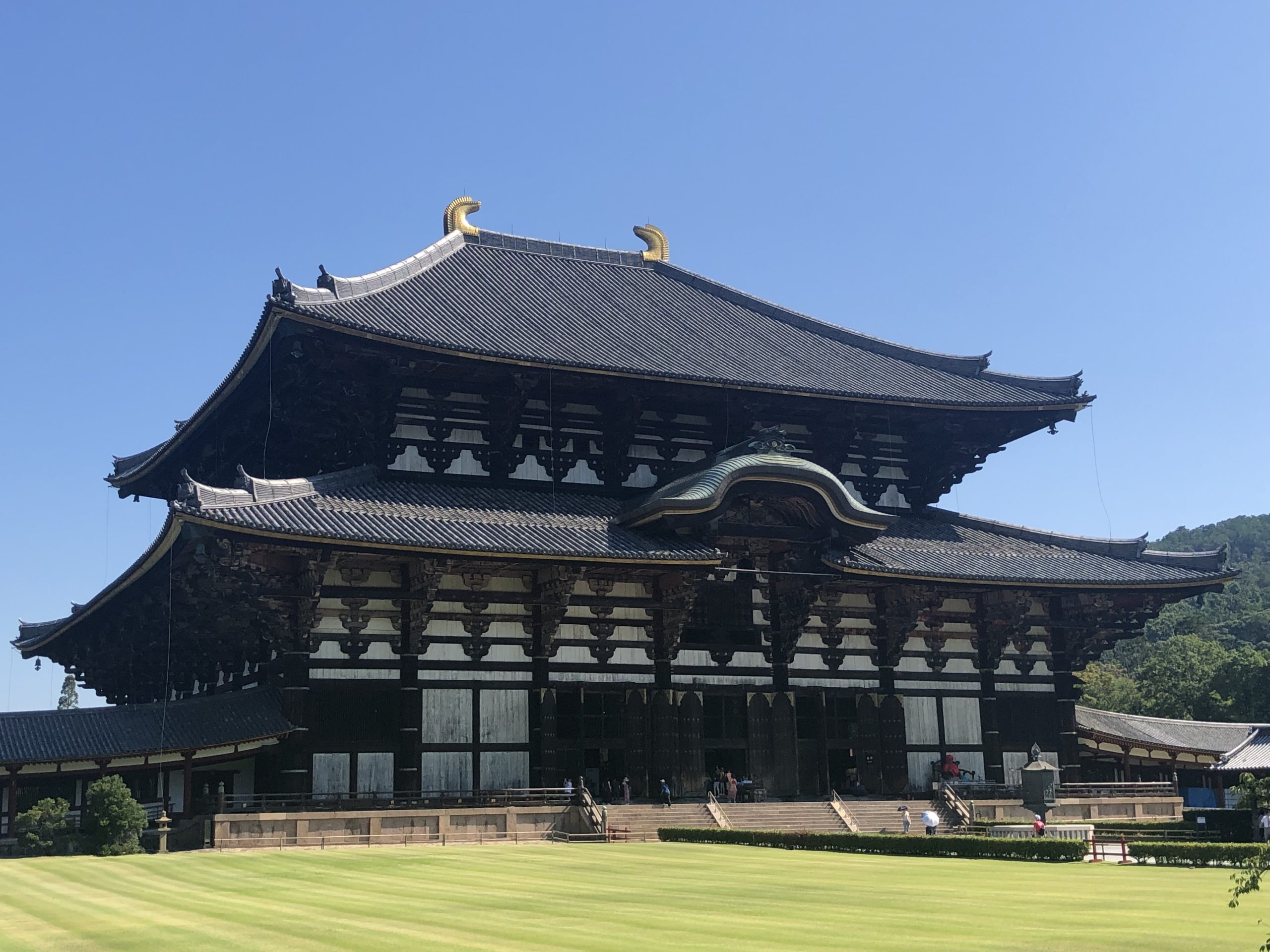Travel from Kyoto to Nara was a breeze – we hopped on the subway to Takeda station, and then transferred to a Kintetsu Railway line to the Kintetsu-Nara station. Total trip time of less than an hour, with some good views along the way. The town also has a big Japan Rail station (“JR Nara Station”), which is a little further away from the primary tourist area.
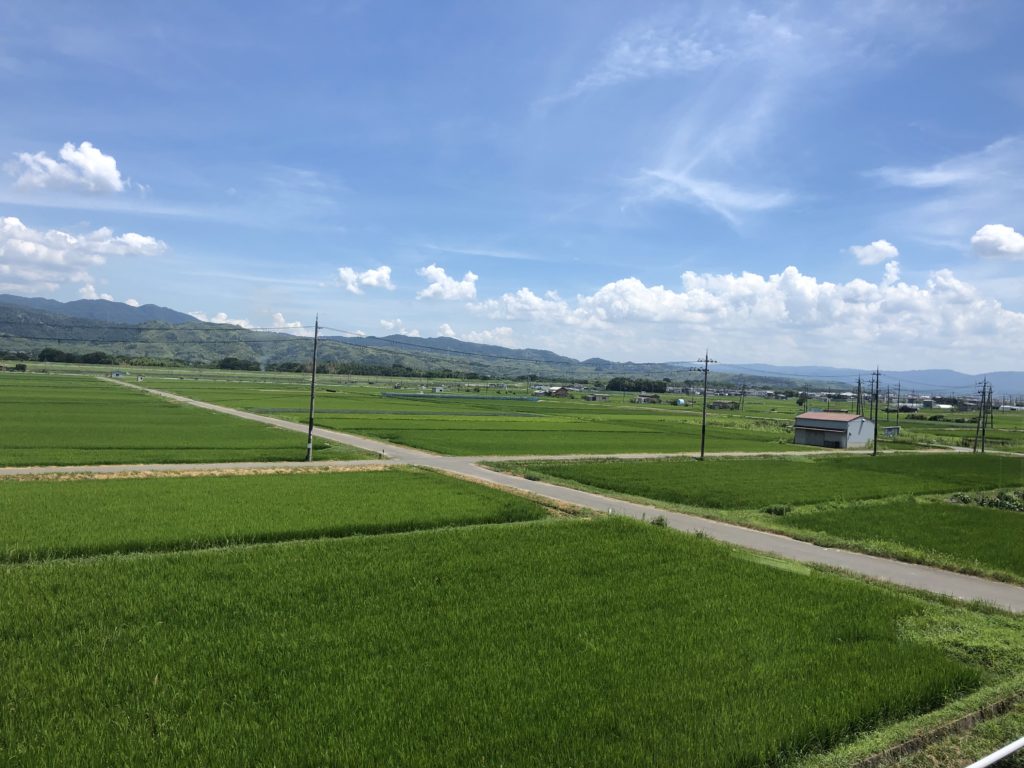
Next to the station is the ever-busy covered Higashimuki shopping street with lots of restaurants and shops.
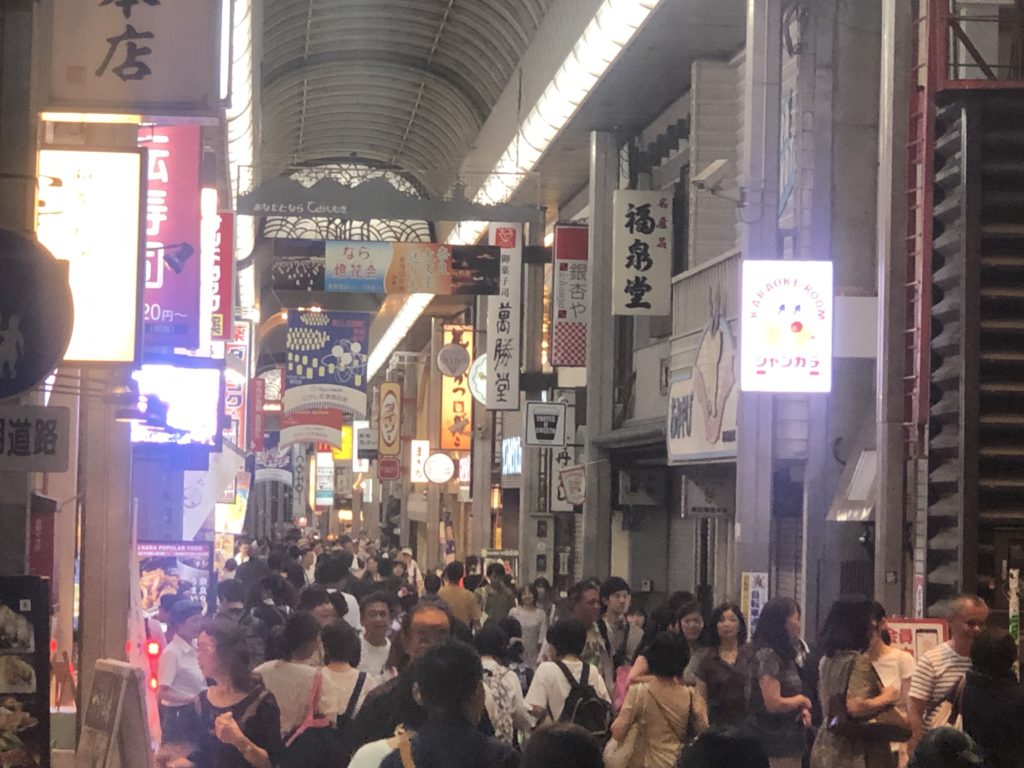
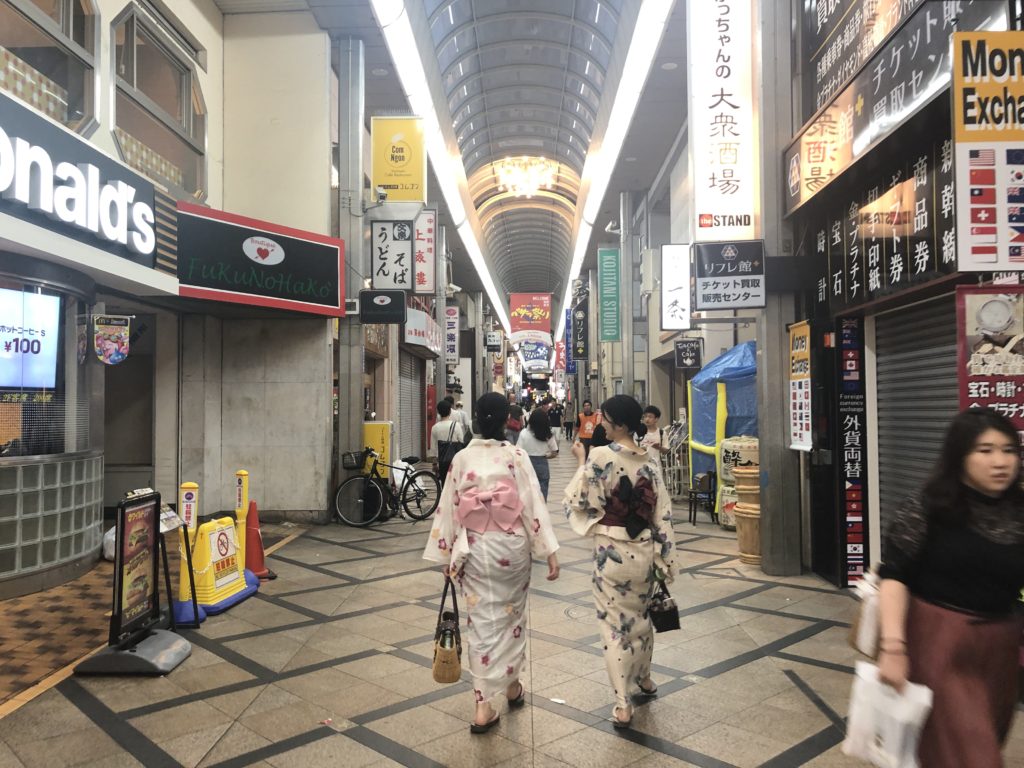
Nara has an interesting history. It was once called “Heijo-kyo” and became Japan’s first permanent capital in 710 AD. For about 75 years, Japan’s emperor and the imperial court that governed the country were based here. In 784, the capital briefly moved to Nagaoka-kyo before settling in Kyoto for over a thousand years.
The reason for the move is interesting. Emperor Shomu ordered the construction of Todai-ji (“Great Eastern Temple”) in 752, and it became the head of all Buddhist temples in the country. In fact, Todai-ji became such a powerful force over government affairs and the aristocracy, that it was decided to move the imperial court to Kyoto and away from the temple’s influence.
The temple is a pleasant 25-minute walk from the Kintetsu-Nara station. You enter the complex through the impressive Nandaimon Gate that dates back to around 1200, and pass through the large wooden structure under the gaze of two fierce-looking Nio, guardians of the Buddha.
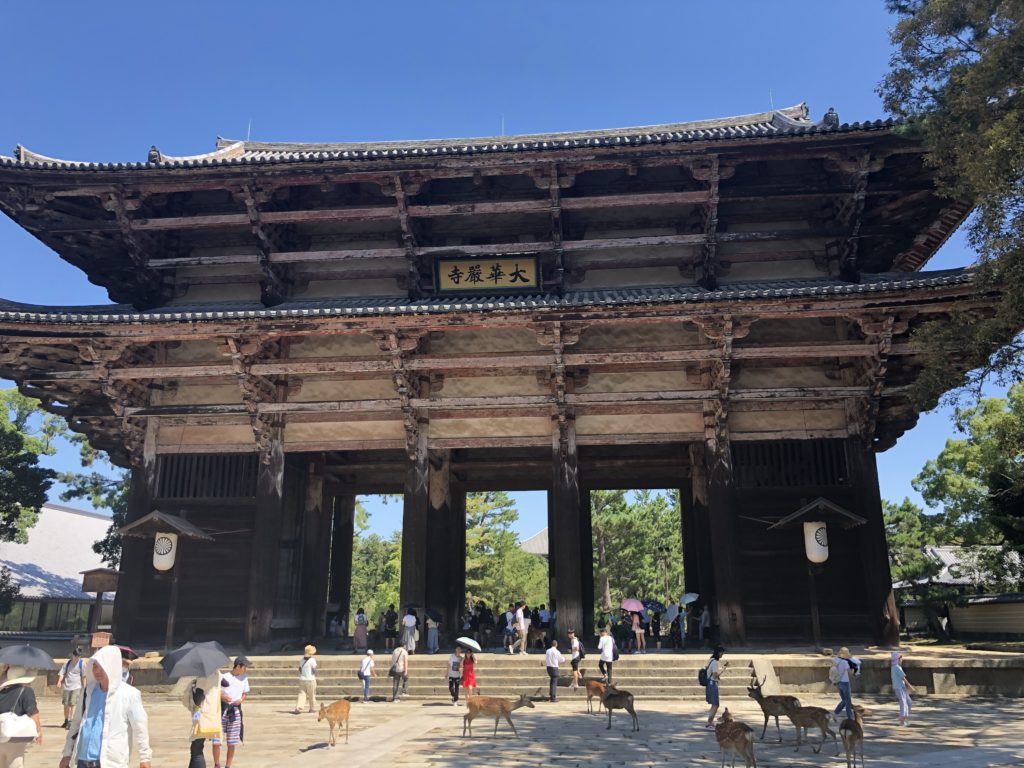
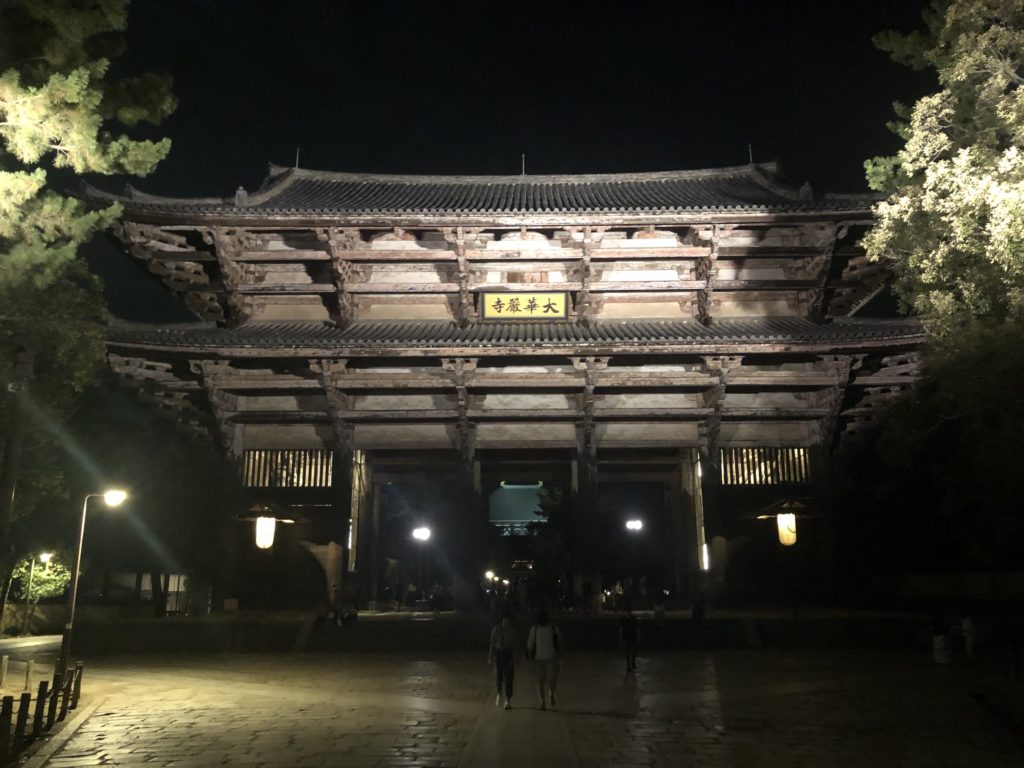
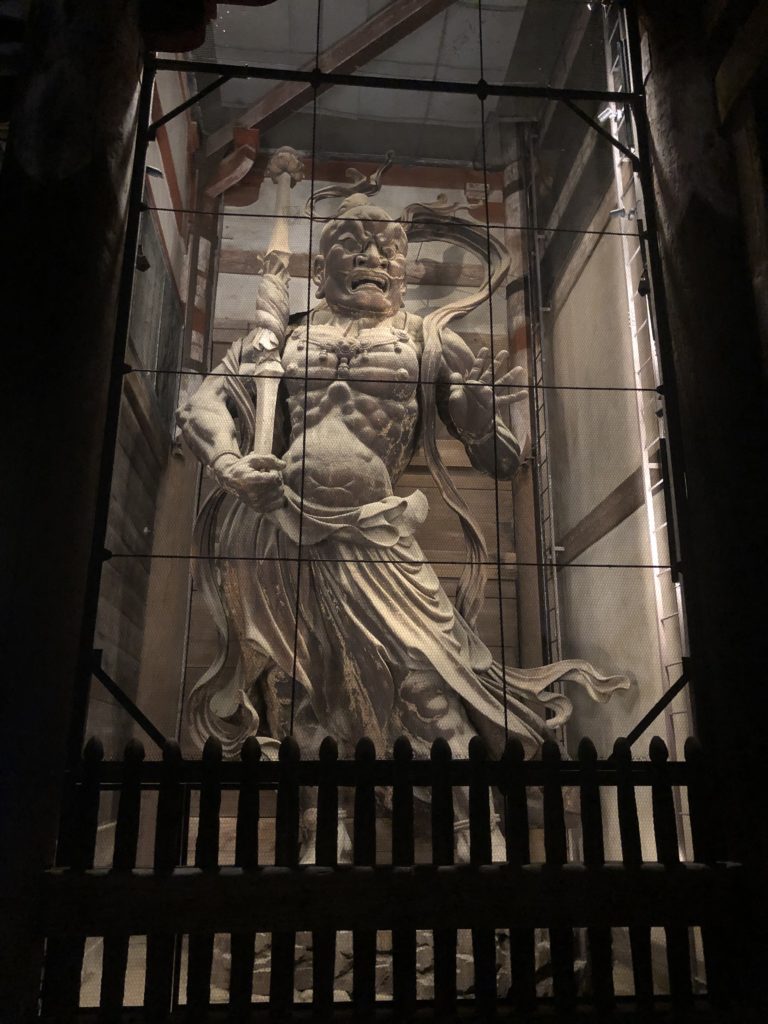
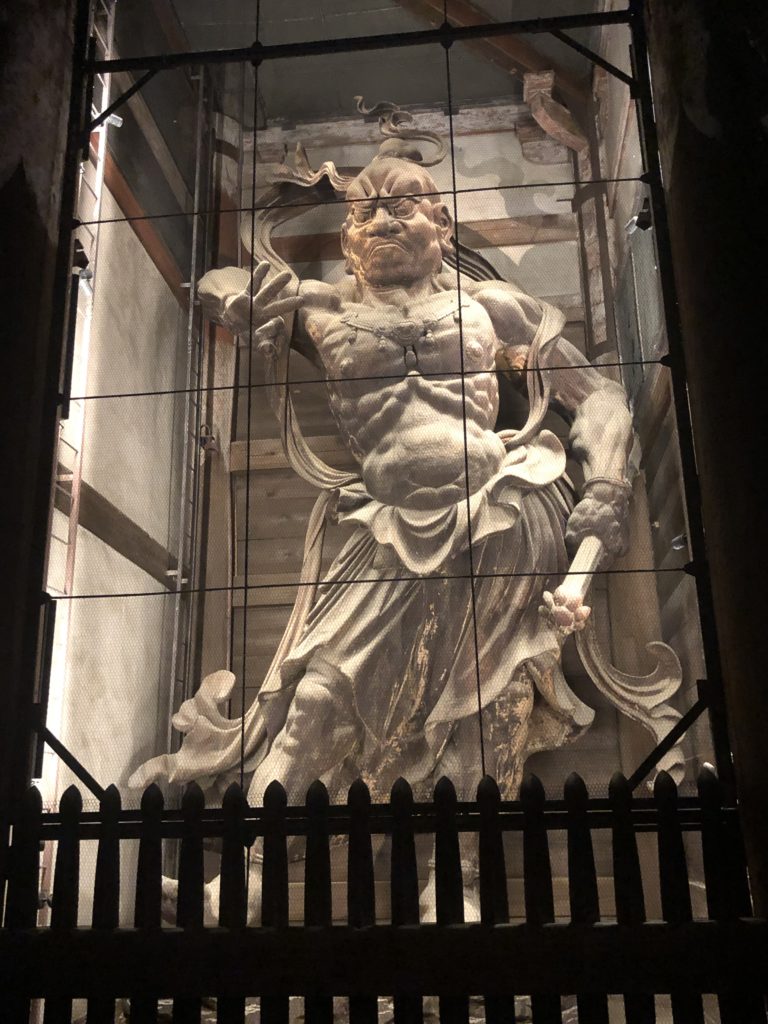
Past that external gateway, you come to an internal gateway to the Main Hall.
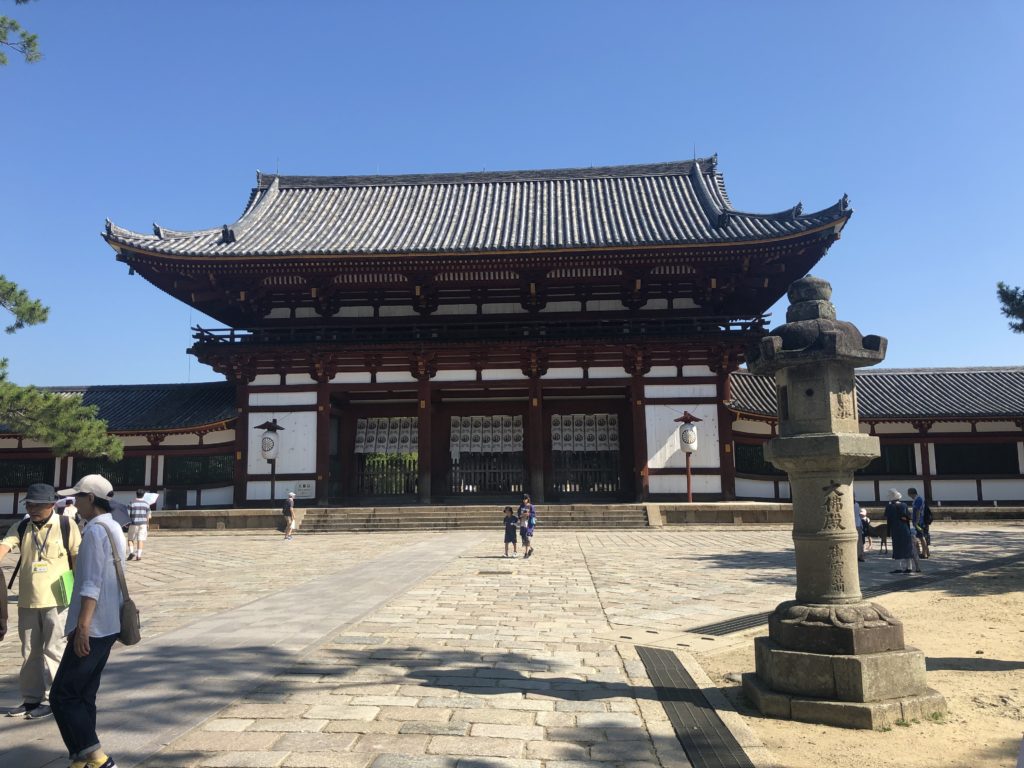
And finally, after buying an entrance ticket on the left-hand side of the complex, you pass into the main area that holds the temple’s glorious Main Hall:
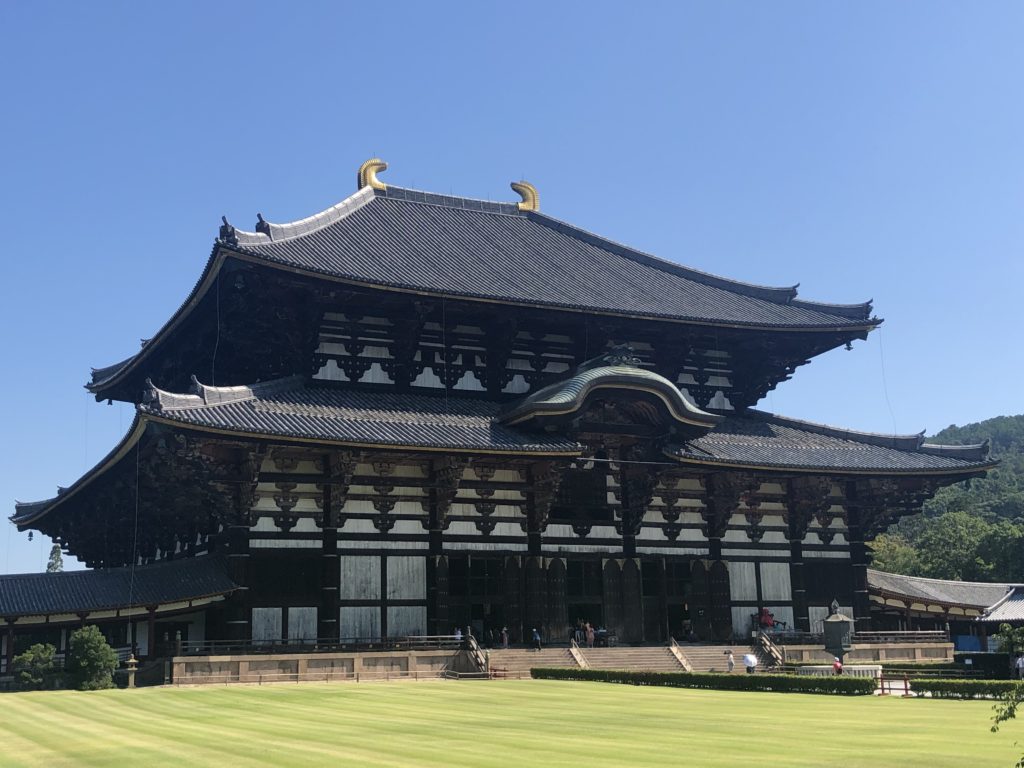

Todai-ji’s Main Hall (or “Daibutsuden”, Big Buddha Hall) is huge and for a long time it was the world’s largest wooden building. The present reconstruction (50 metres tall; 57 metres long) dates back to around 1700 and it is only two thirds the size of the original one built in 752. The scale is pretty awe-inspiring.
The two distinctive golden pieces on the roof are called Shibi, and each stand over 3 metres tall, made of gold foil, copper plate, and wood. They are apparently decorative, although some believe they acted as a protective spell to ward off fire (a useful spell in such times).
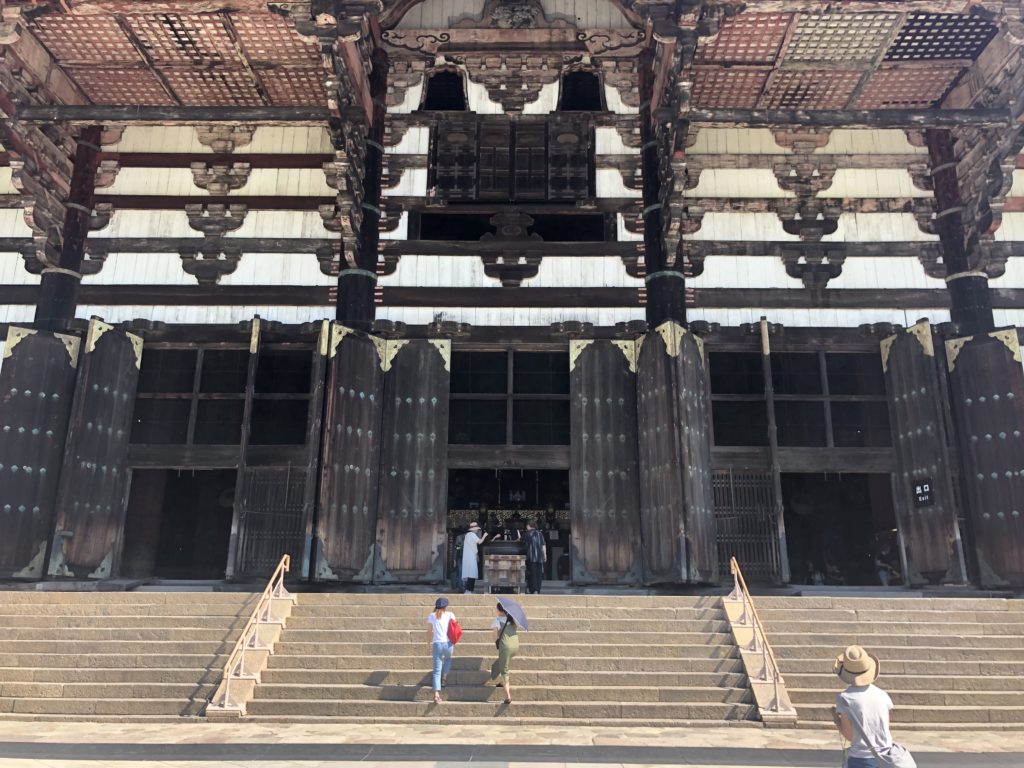
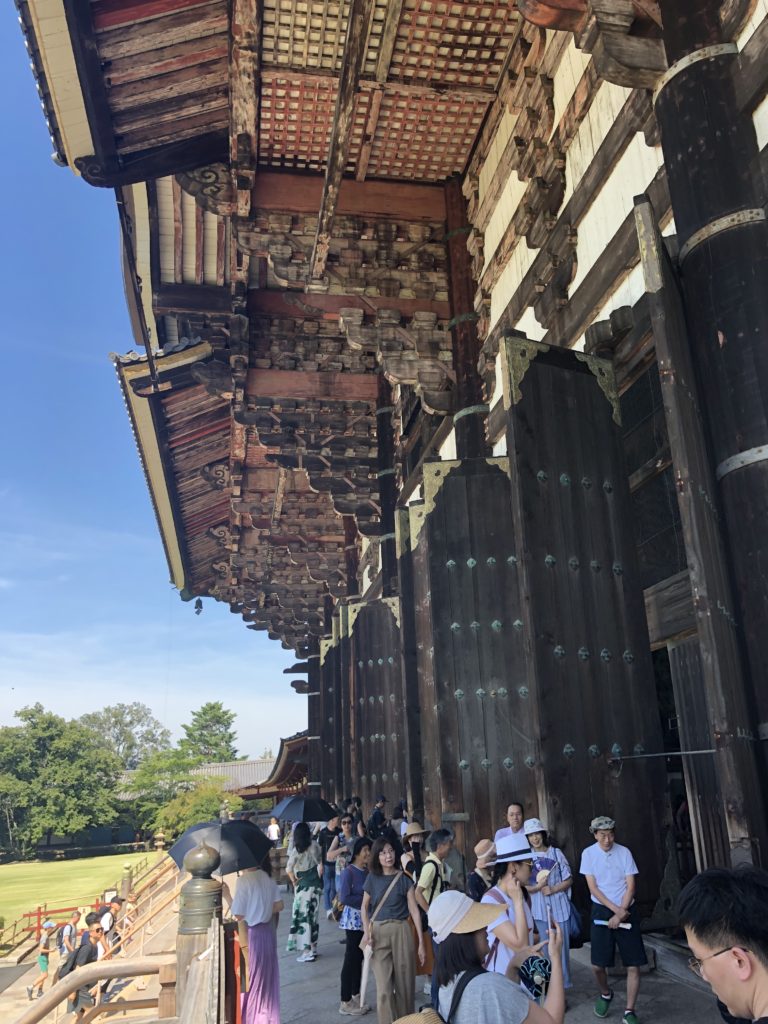
Todai-ji’s Main Hall houses the massive 15 metre tall bronze statue of the seated Buddha (Daibutsu). Weighing in at 500 tonnes, this is a mammoth statue. X-rays of the statue have apparently revealed jewels, pearls, mirrors, and swords embedded in it’s knee, along with a human tooth!
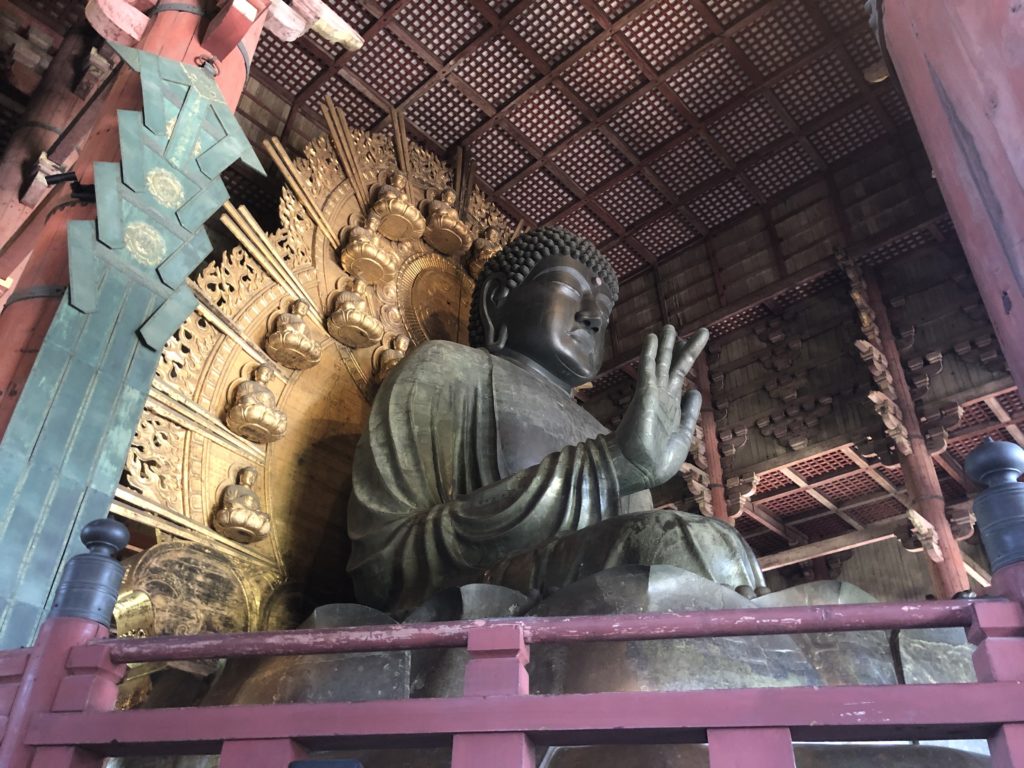
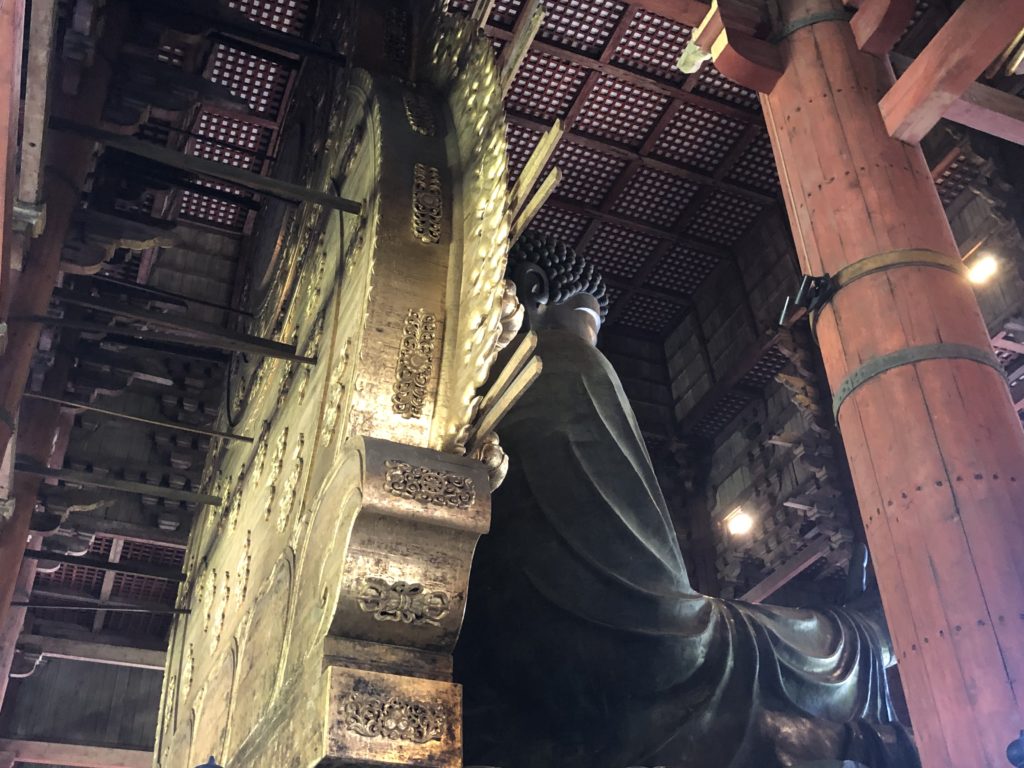
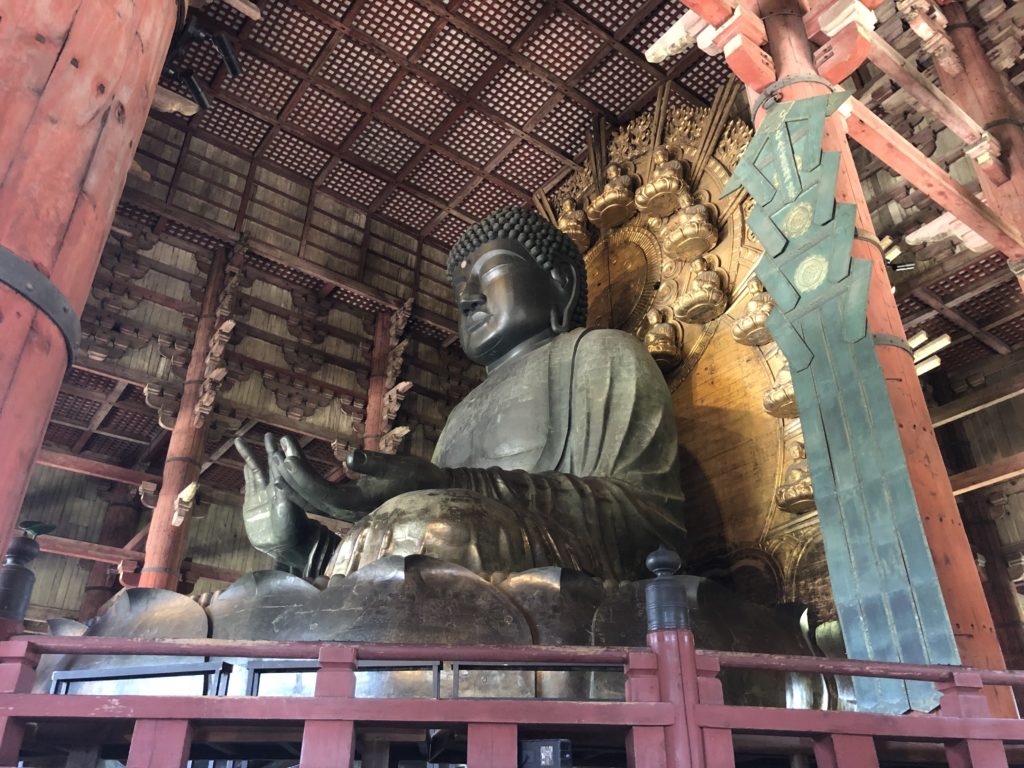
Lotus flower petals make up the statue’s pedestal. On these petals are very fine engravings that offer a pictorial representation of the religious world view at the time.
Outside the Main Hall is this fairly strange looking statue of Pindola, a disciple of the Buddha who is said to have excelled in the mastery of occult powers. There’s an interesting belief that if you have an ailment in one part of your body, you must rub that part of the statue and then rub the same part of your own body for a healing effect.

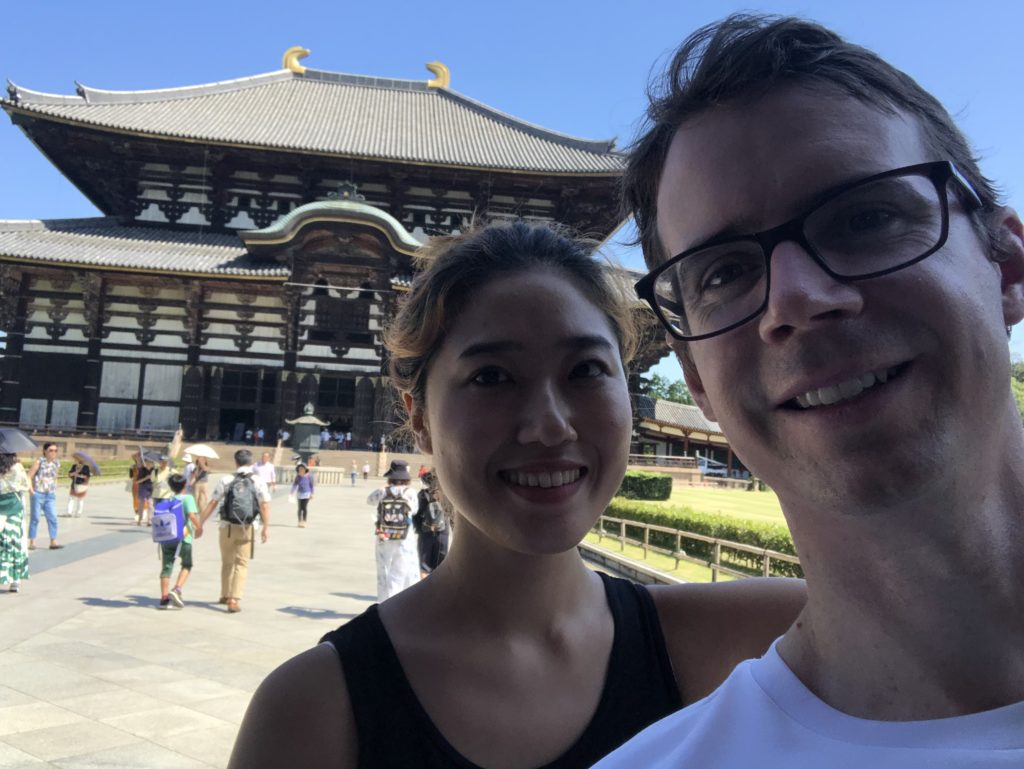
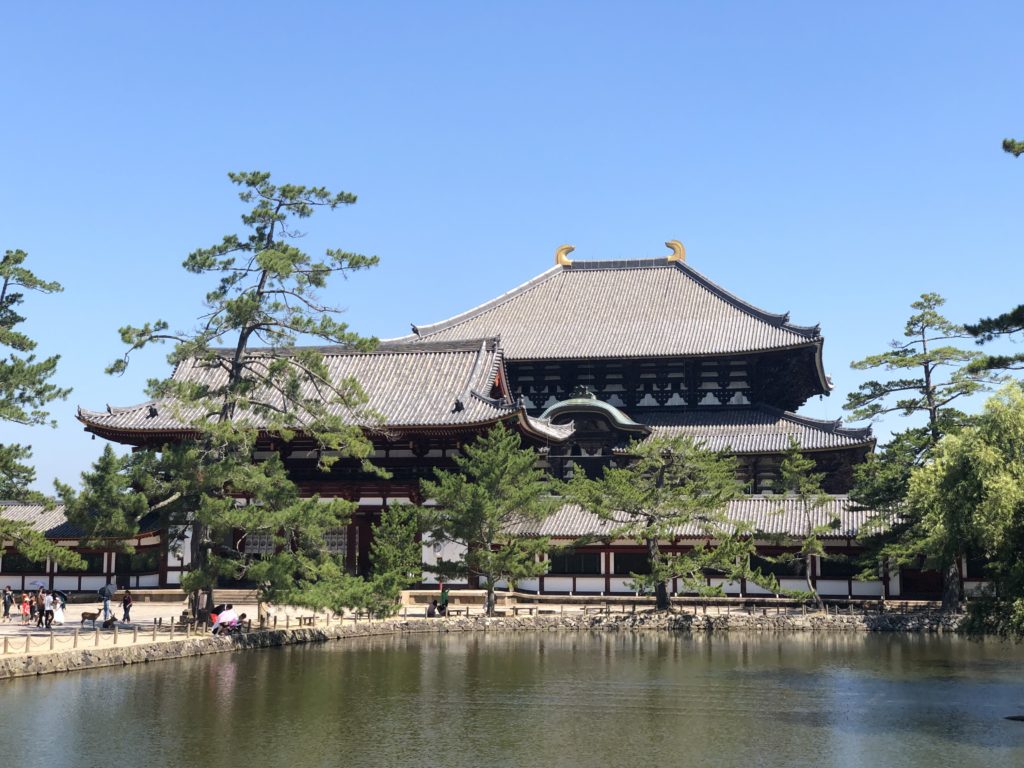
Todai-ji is a big tourist draw. But interestingly, it is not the biggest attraction in town. That distinction belongs to the sika or spotted deer that wander around the entire area. According to legend, the god Takemikazuchi arrived in Nara on a white deer to guard the new capital. Since then, deer are seen as heavenly animals that help protect the city and Japan more broadly. Today, about 1,200 tame deer roam around the huge Nara Park which encompasses many of the major sights like Todai-ji. All over the park, you can buy deer crackers called “senbei” from vendors to feed them.
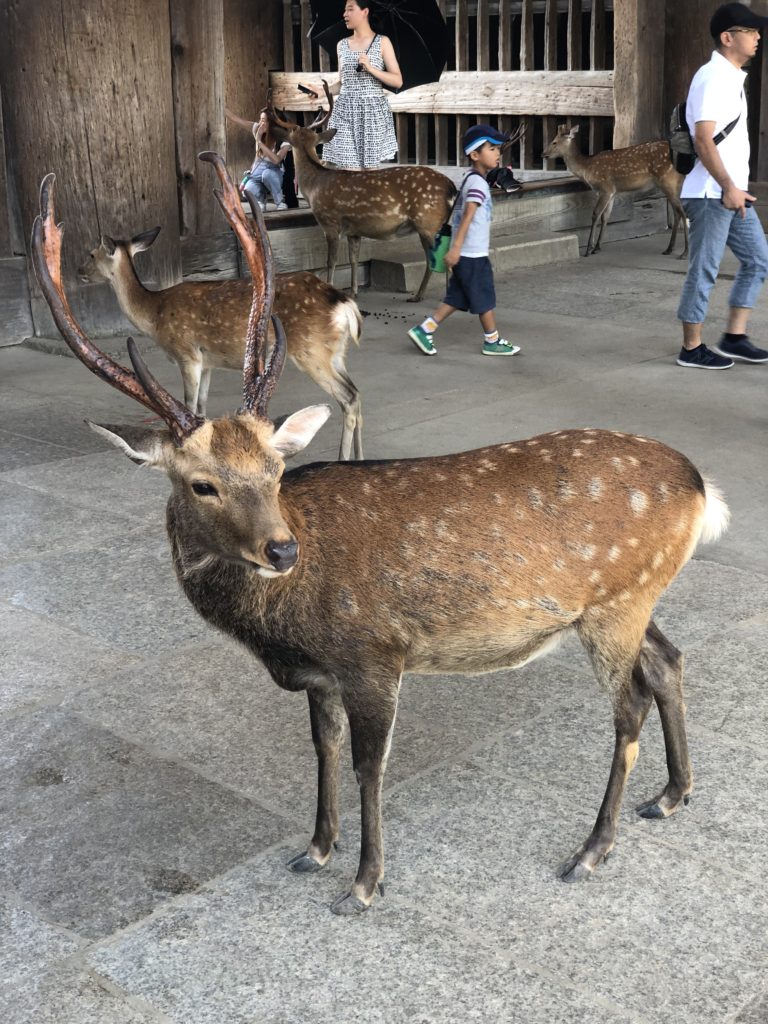
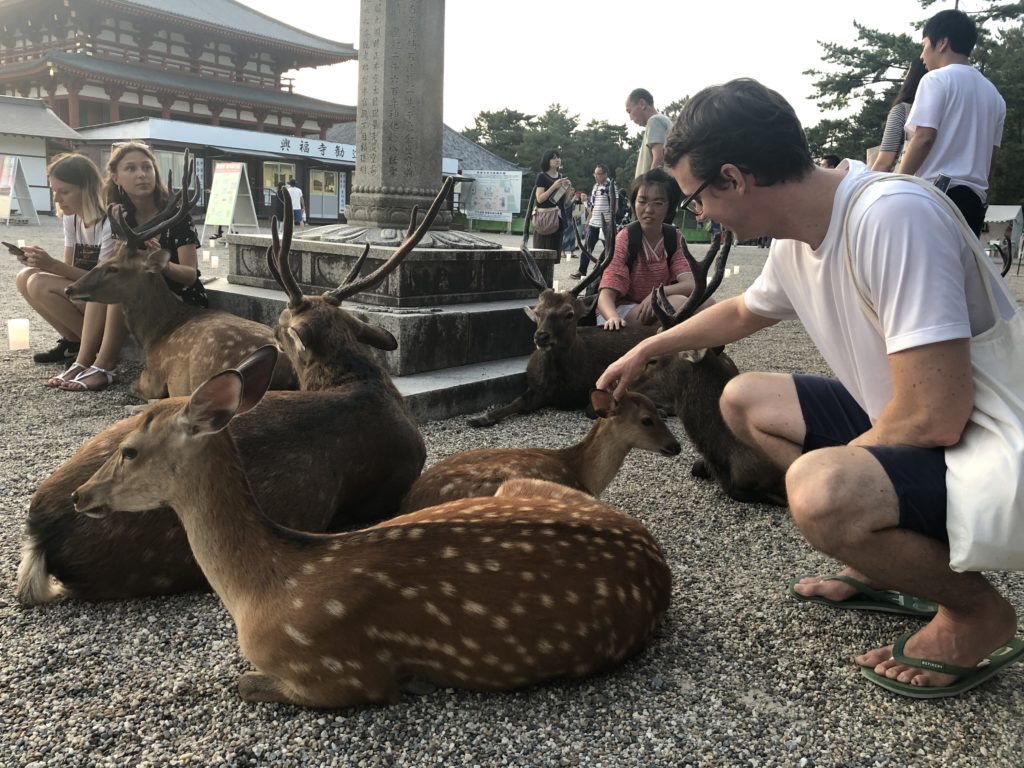
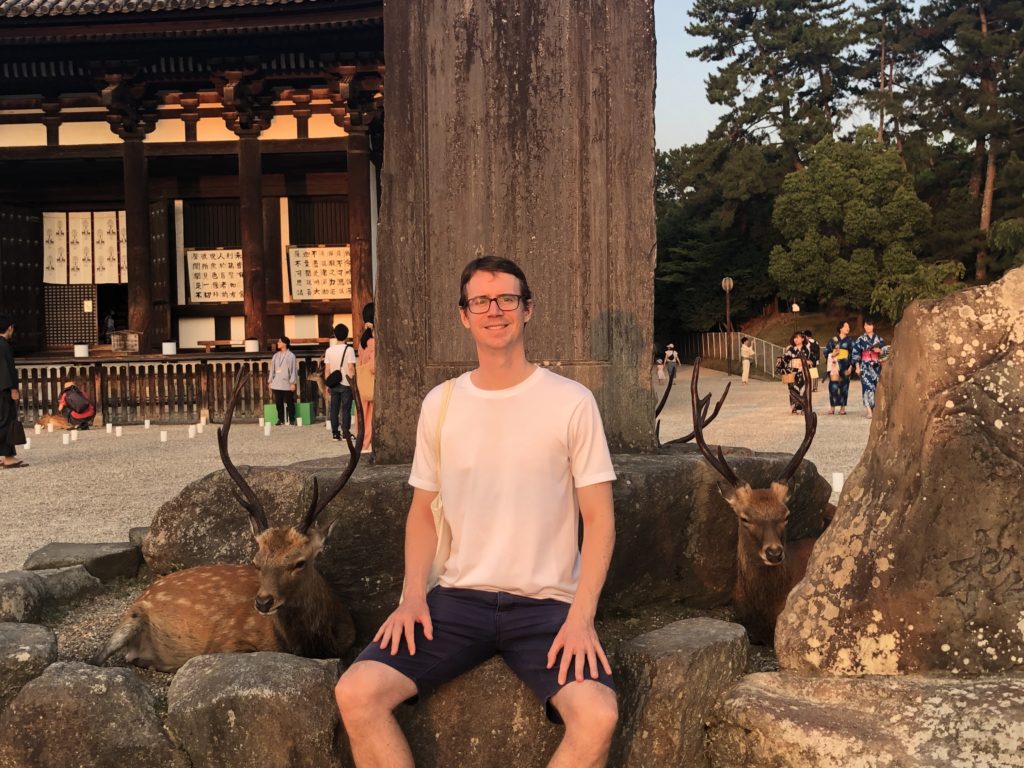
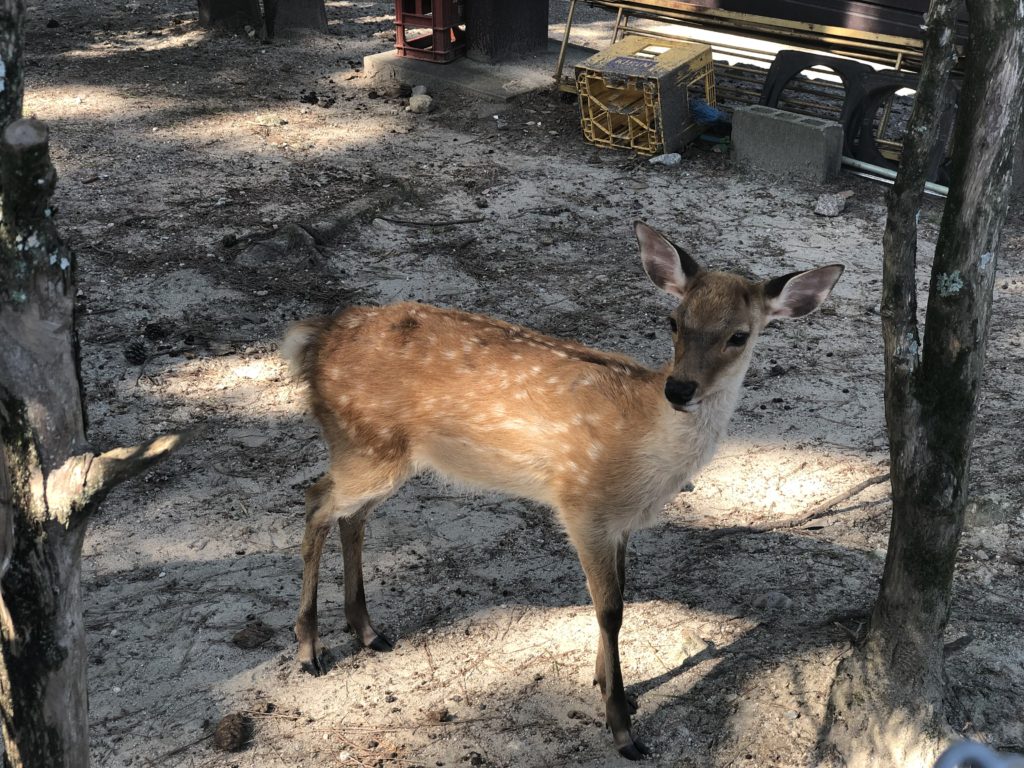
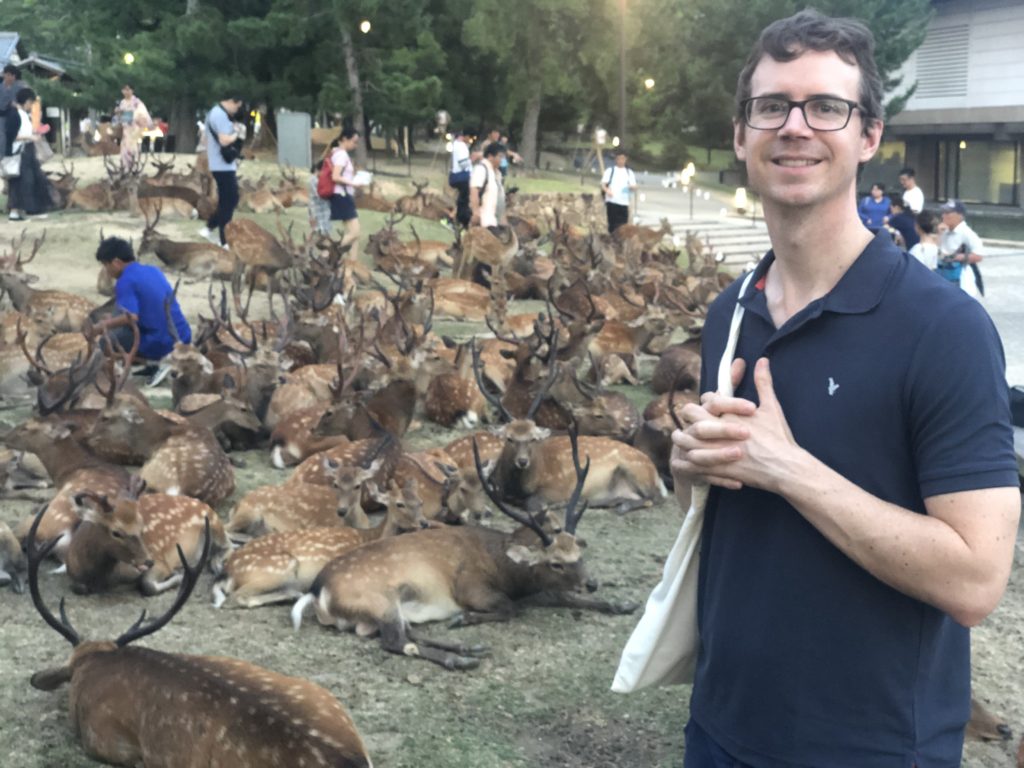
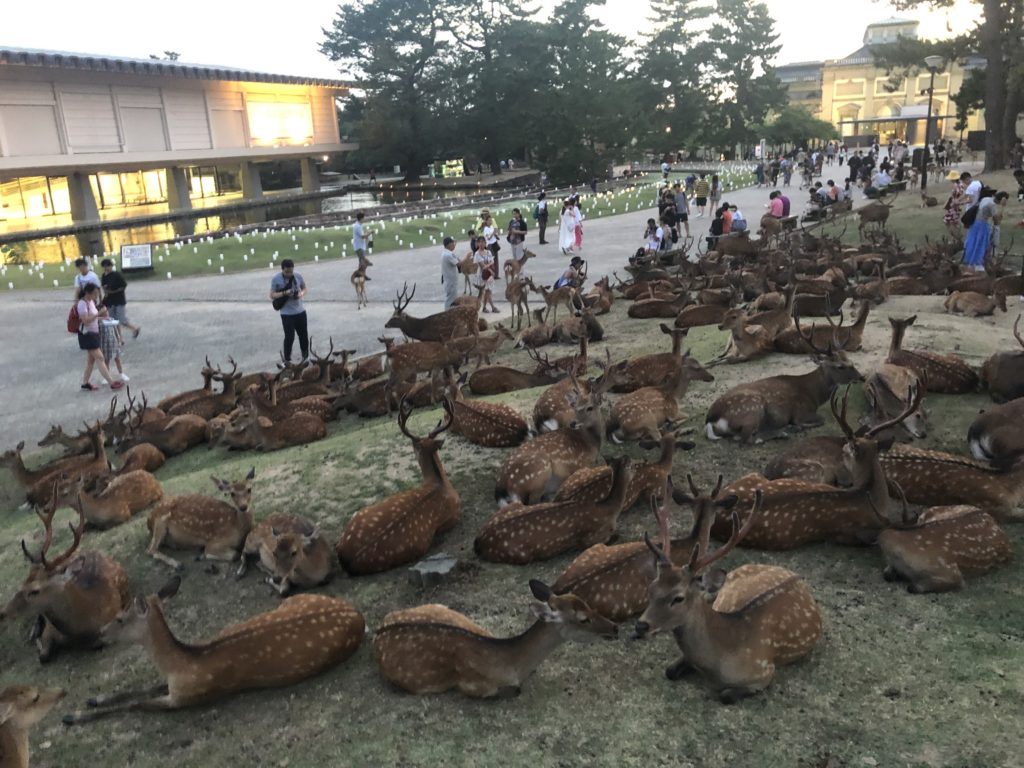
They are pretty tame animals and are obviously used to human interaction. That is, until you have a deer cracker in your hand. Then they turn into homing missiles. Check out the relentlessness of this one:
Another Buddhist temple in the city called Kofuku-ji is located very close to the Kintetsu-Nara station. It actually dates back further than Todai-ji, having been established elsewhere before being moved to Nara in 710. Like Todai-ji, Kofuku-ji is one of the “Seven Great Temples” of Nara, all known to be very powerful and influential in their time. Kofuku-ji was directly linked to the Fujiwara family or clan that held substantial sway over imperial politics between 800 and 1200. Their primary strategy was apparently to marry Fujiwara daughters to emperors and, in this way, gain significant influence over the next emperor.
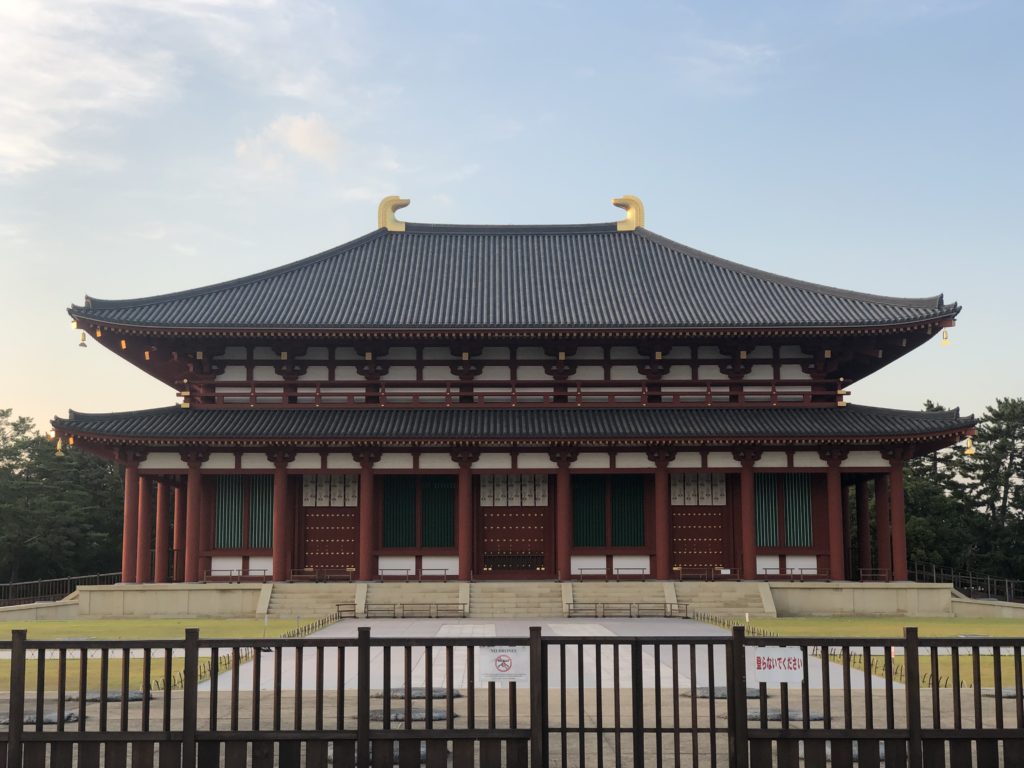
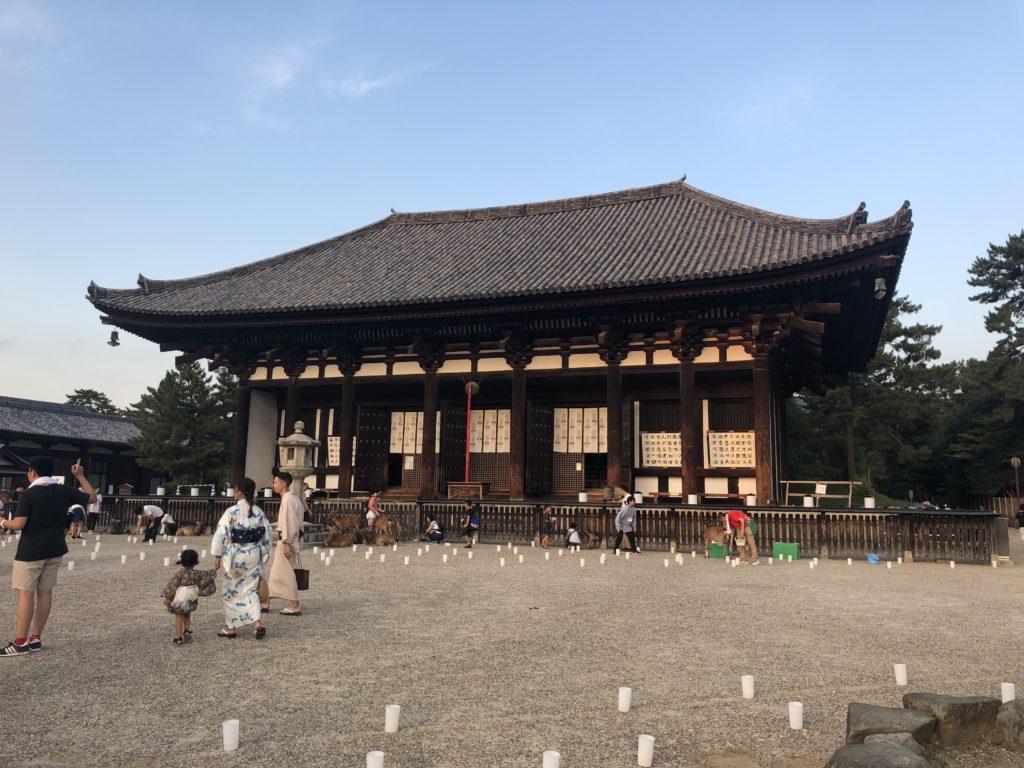
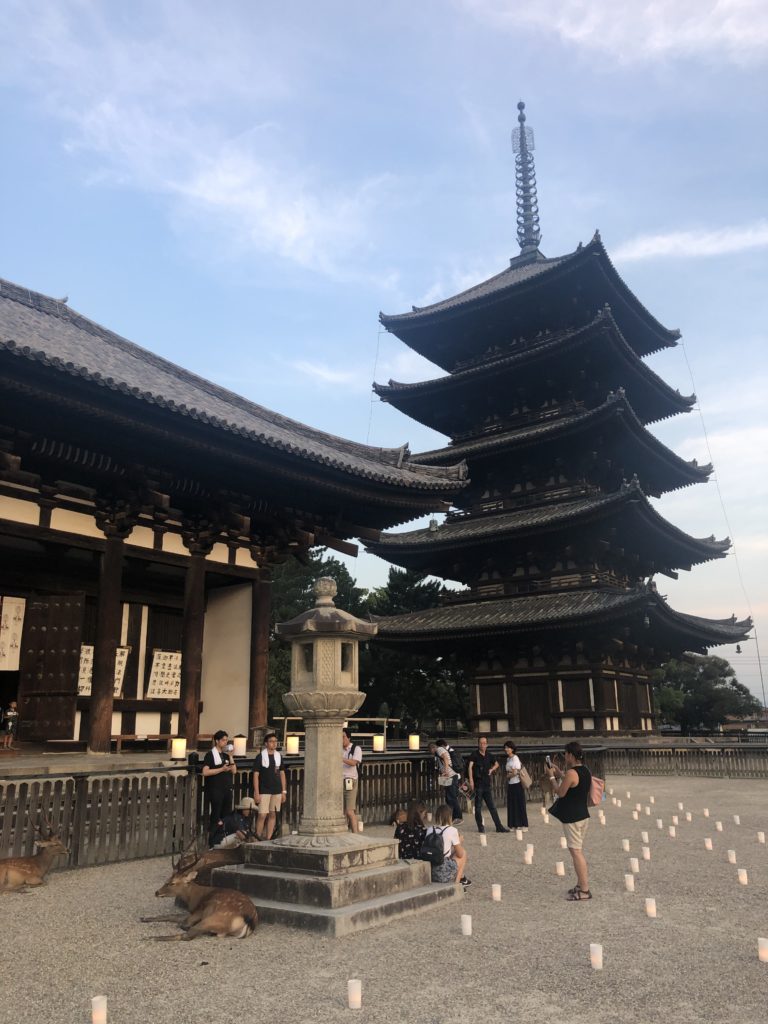
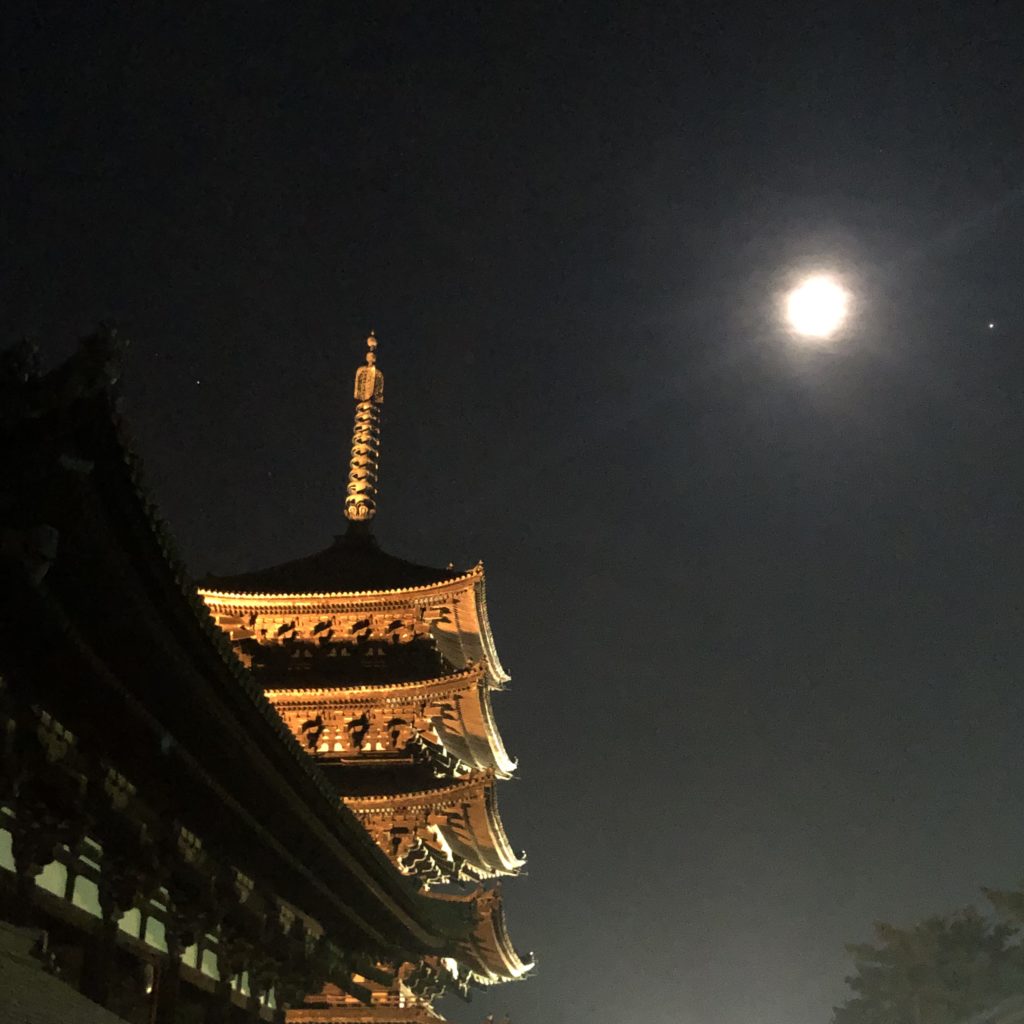
We happened to be visiting Nara during the city’s ten-day long “Tokae” lantern festival. The name means “a gathering of fire flowers”. In many key areas of Nara Park and the town, volunteers place rows and rows of candle lanterns, which create a sea of light in the evenings.
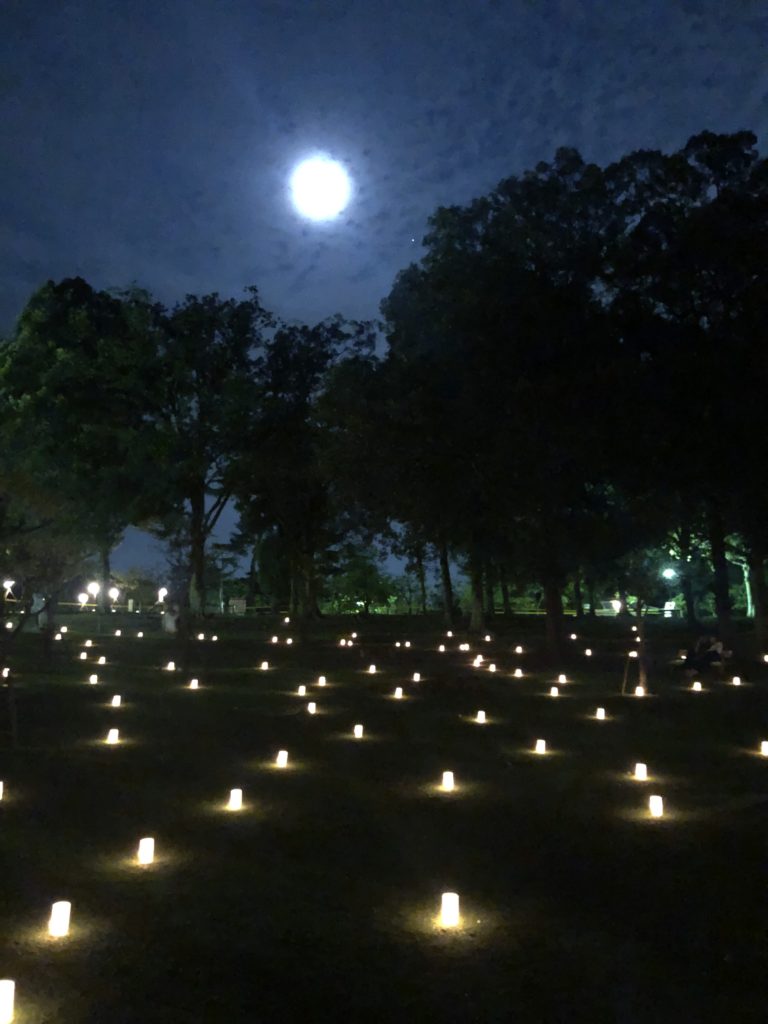
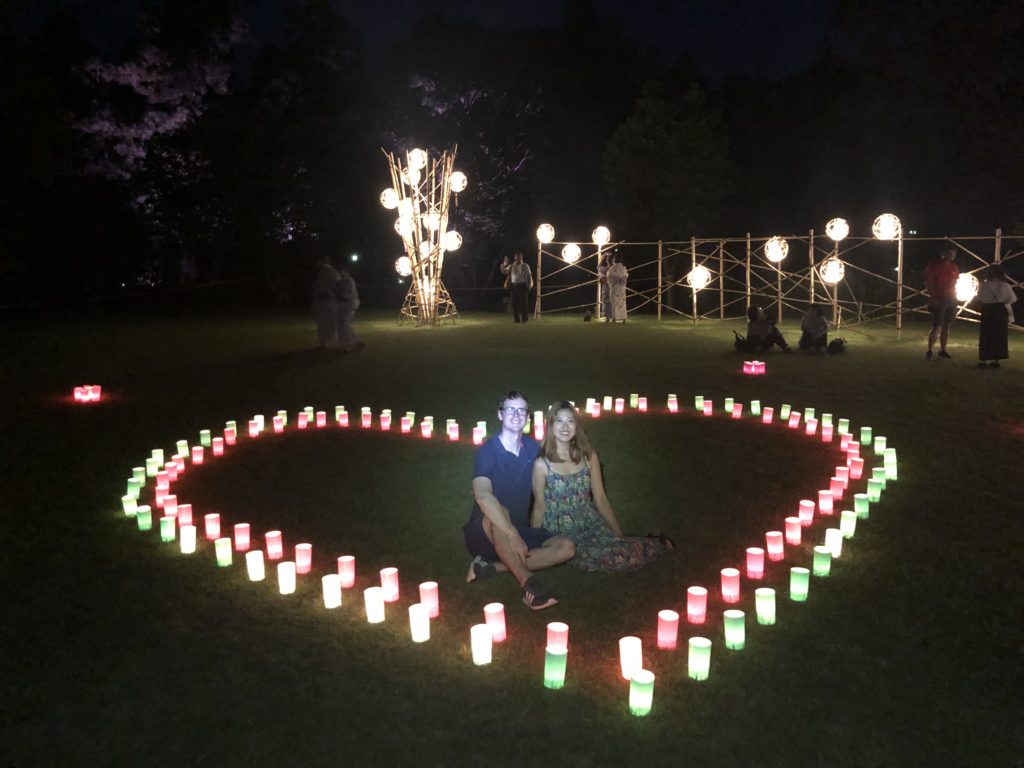
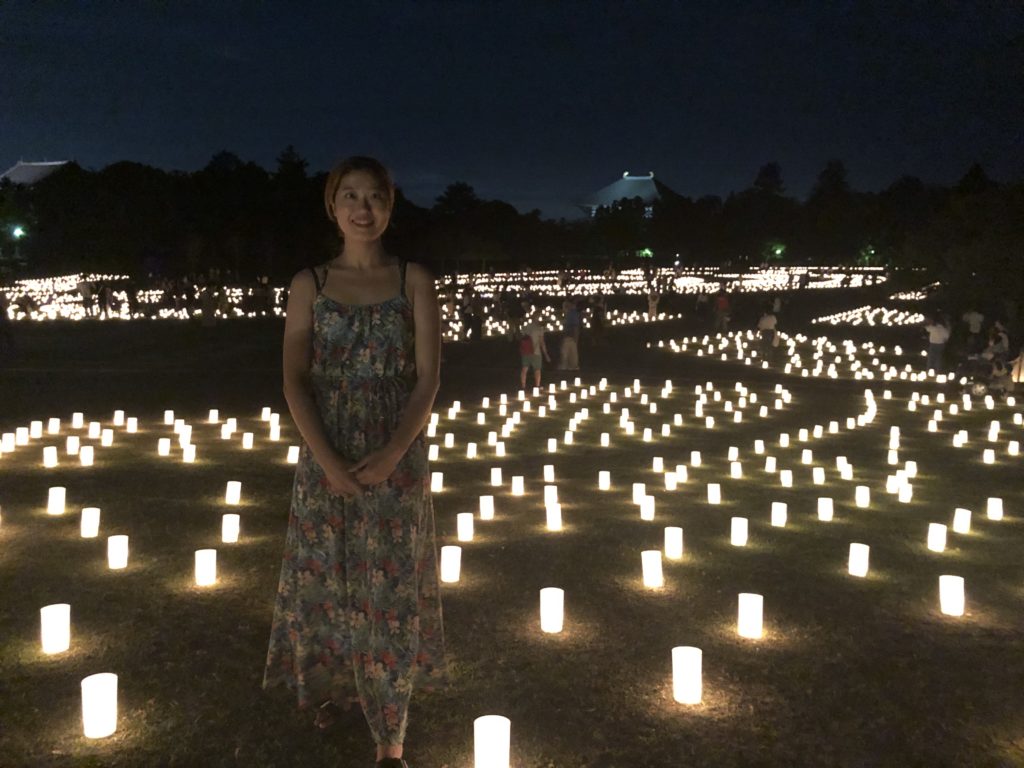
A festival also means food – lots and lots to choose from:
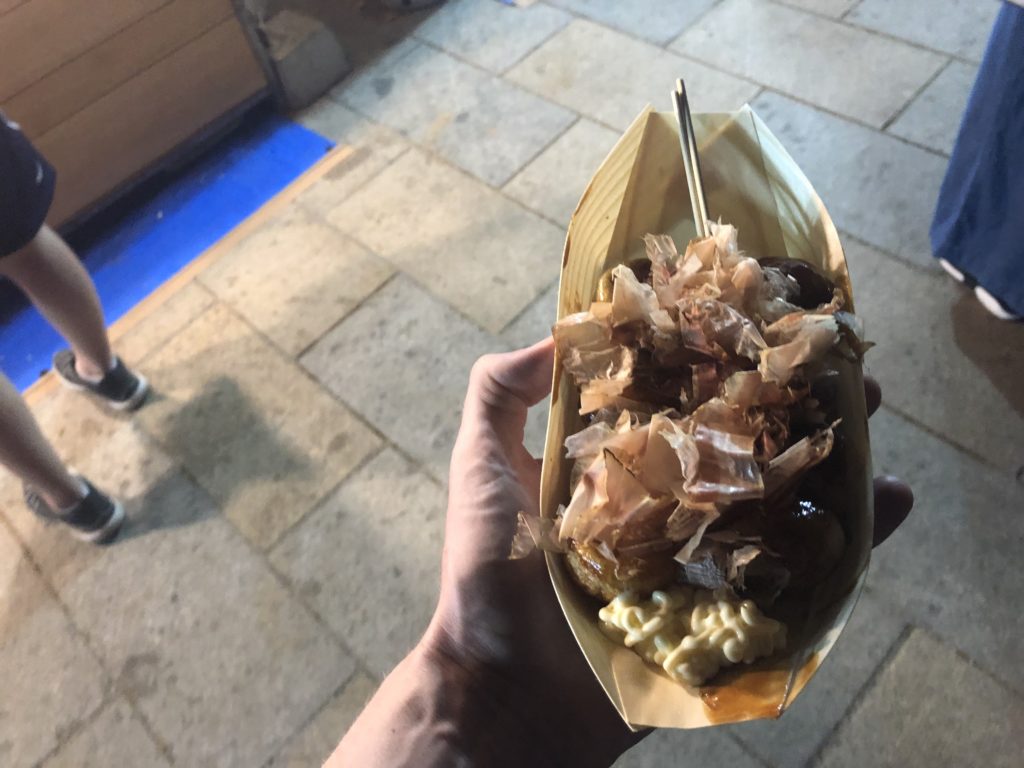
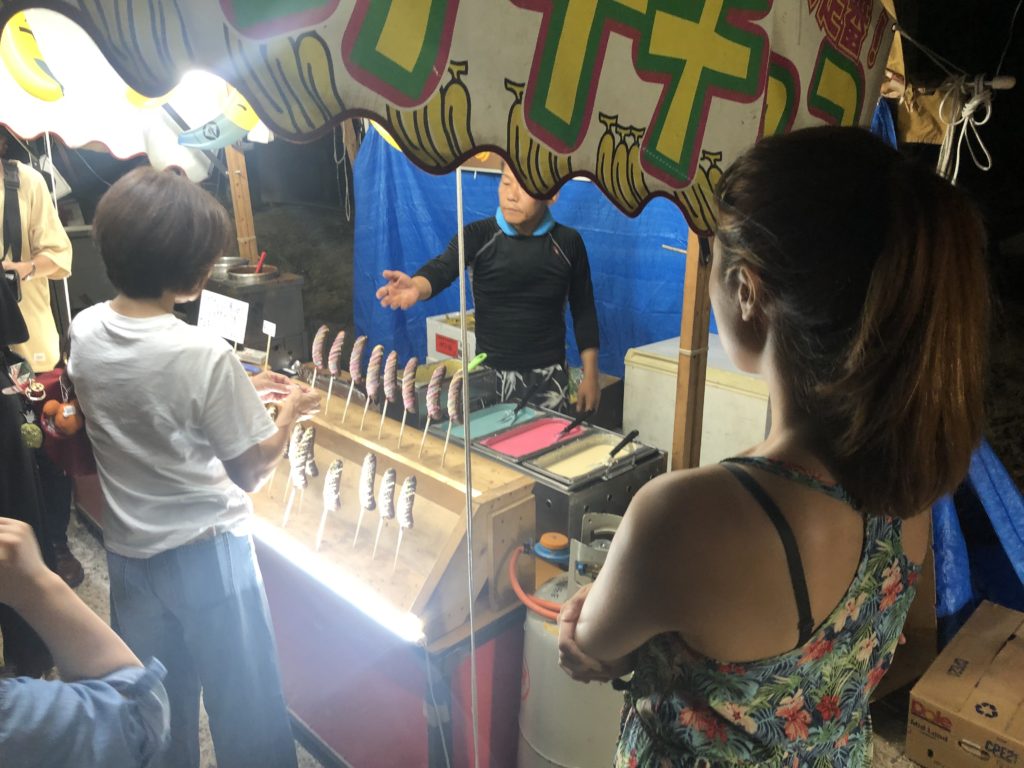
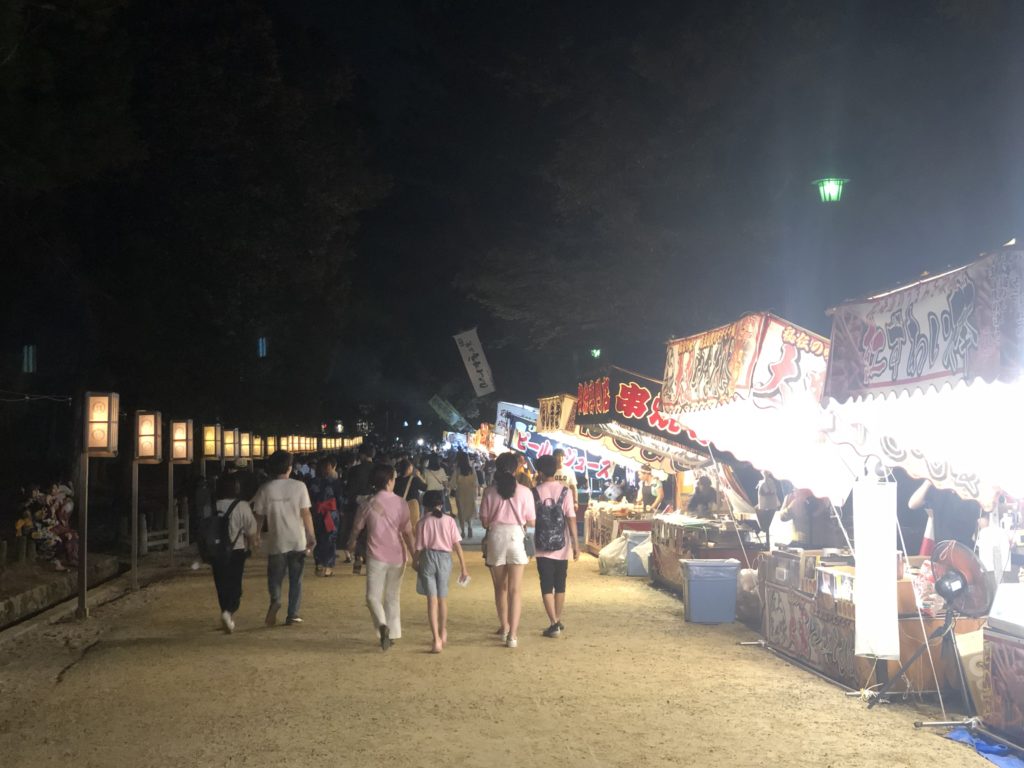
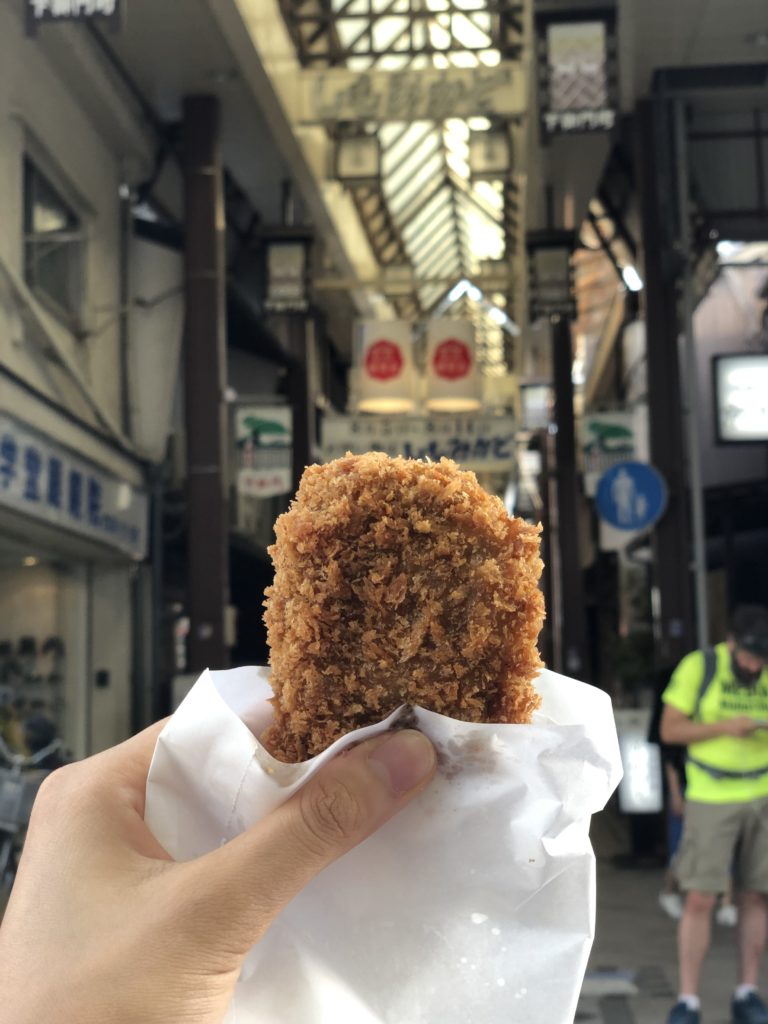
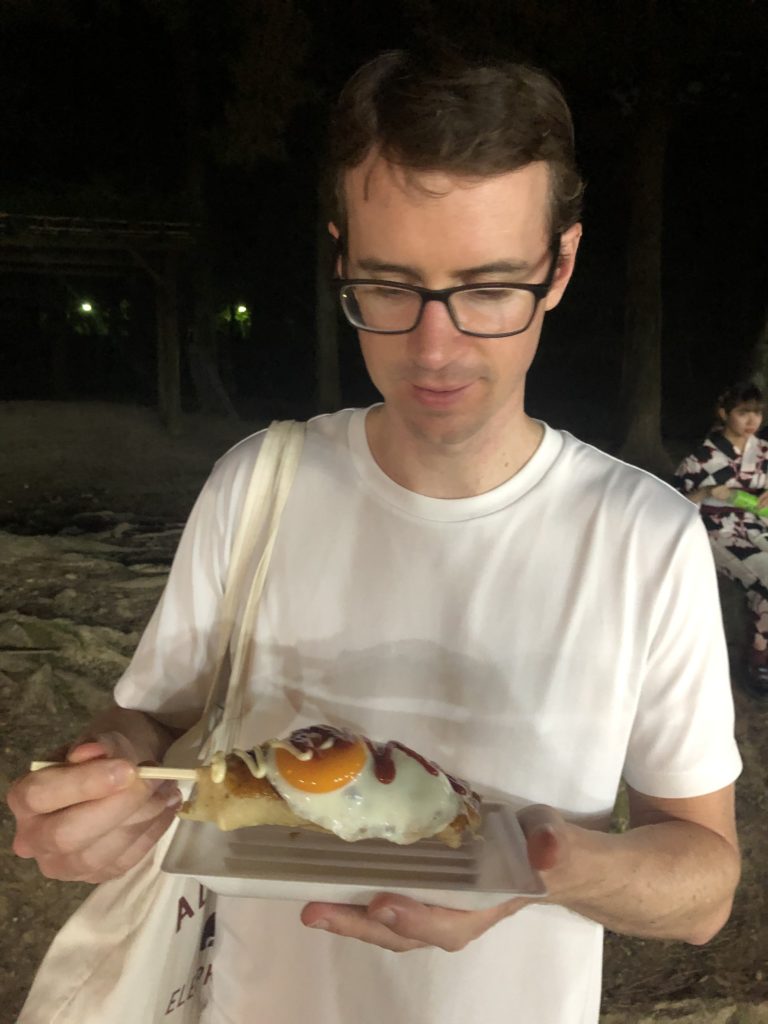
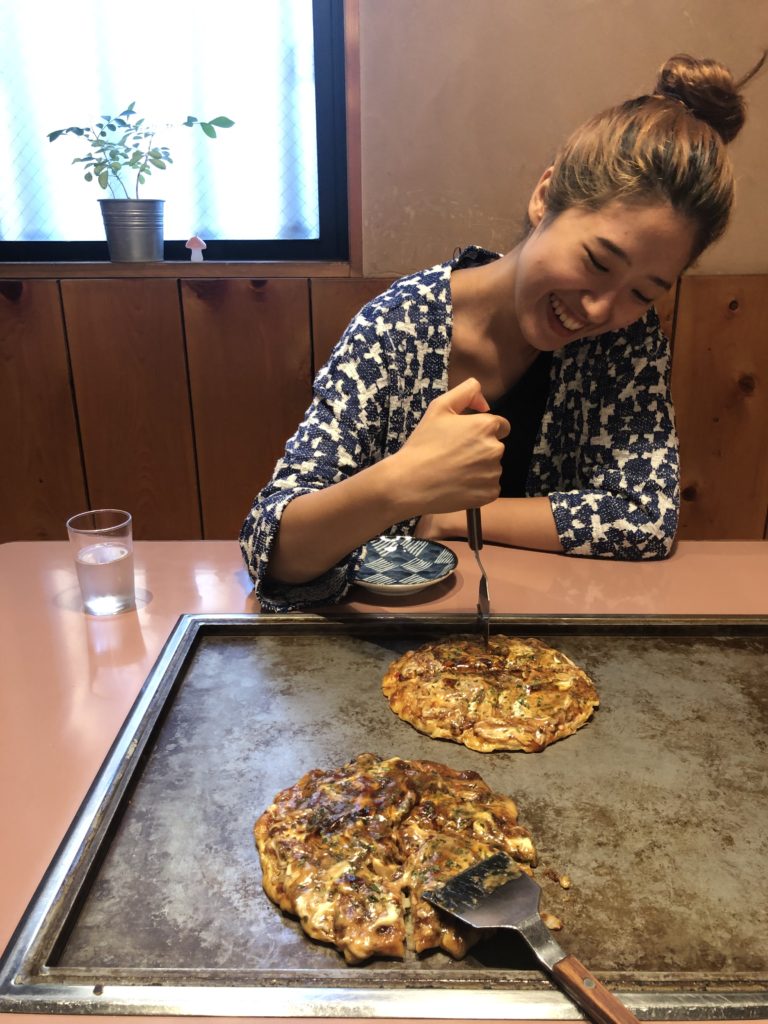
There is plenty to see and do in the small city of Nara (pop: 360,000). After a few wonderful days in the old capital, our time had come to an end. Next stop: Osaka!
